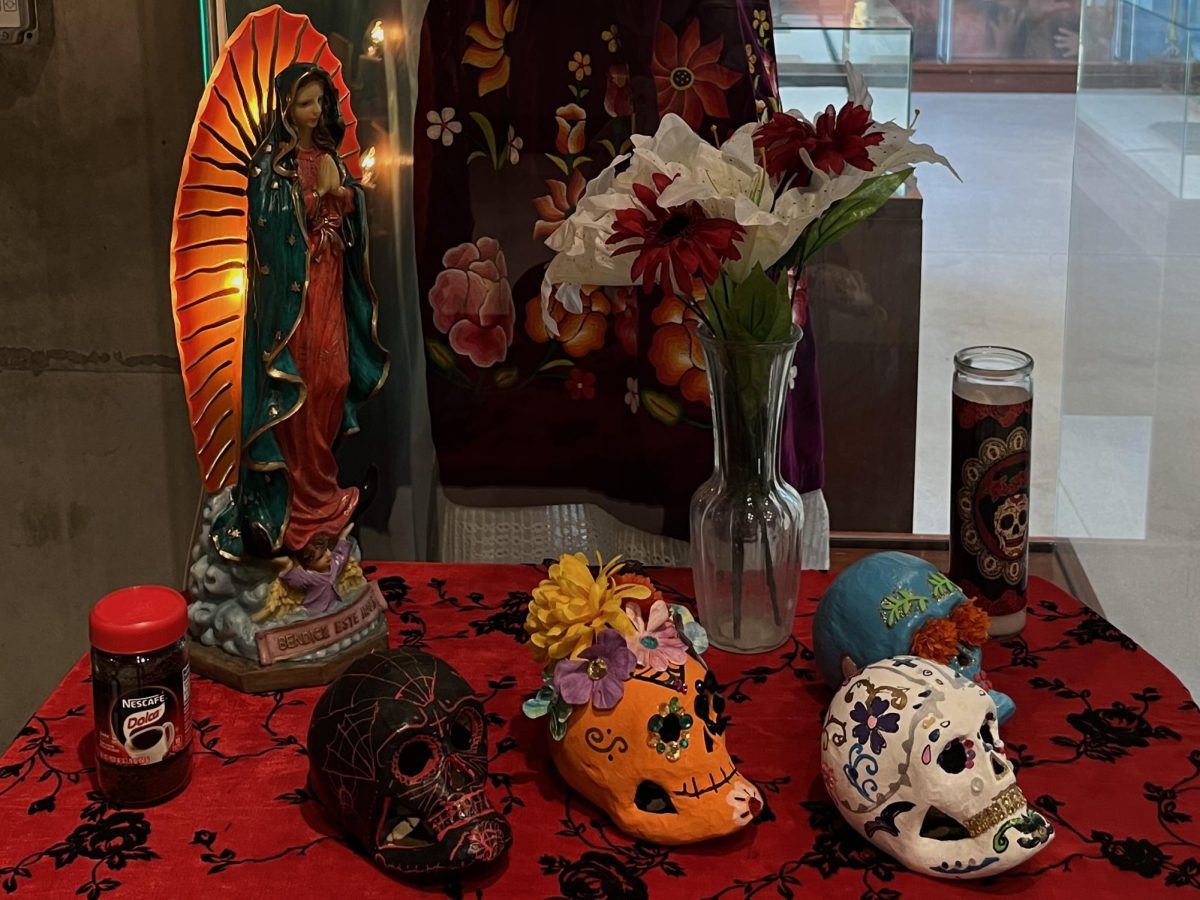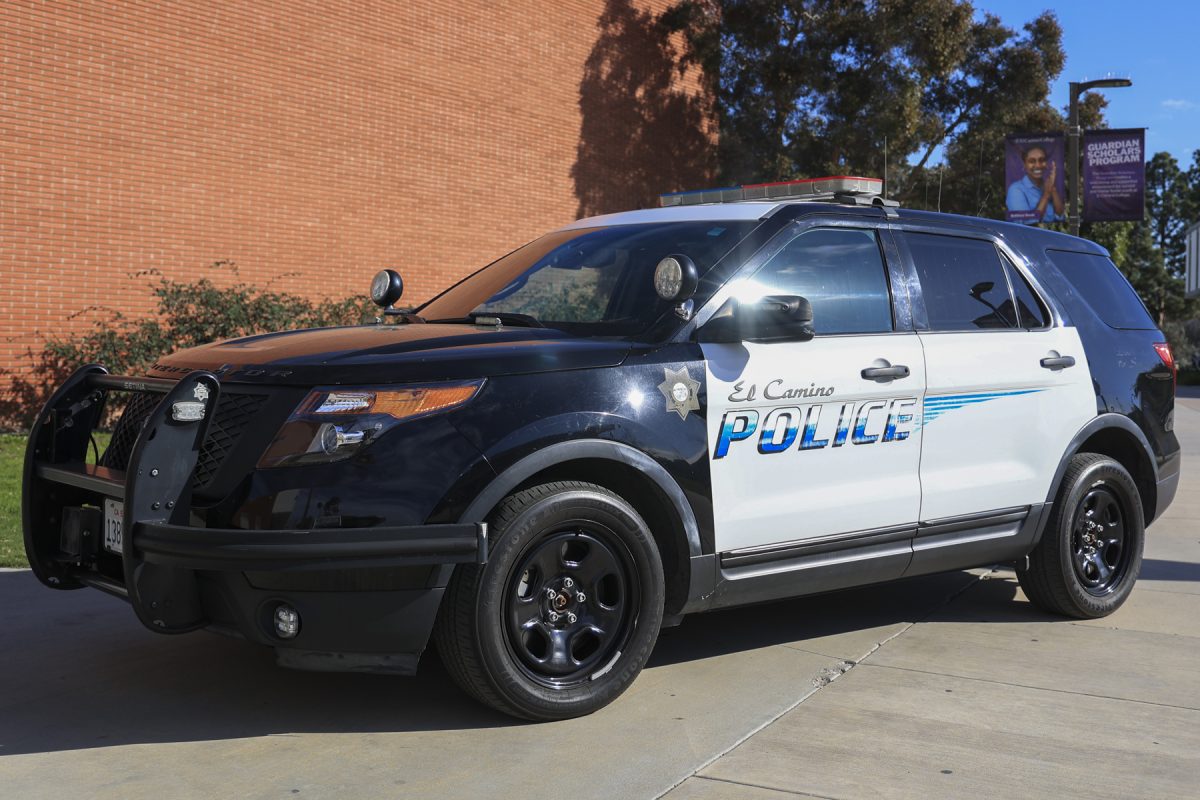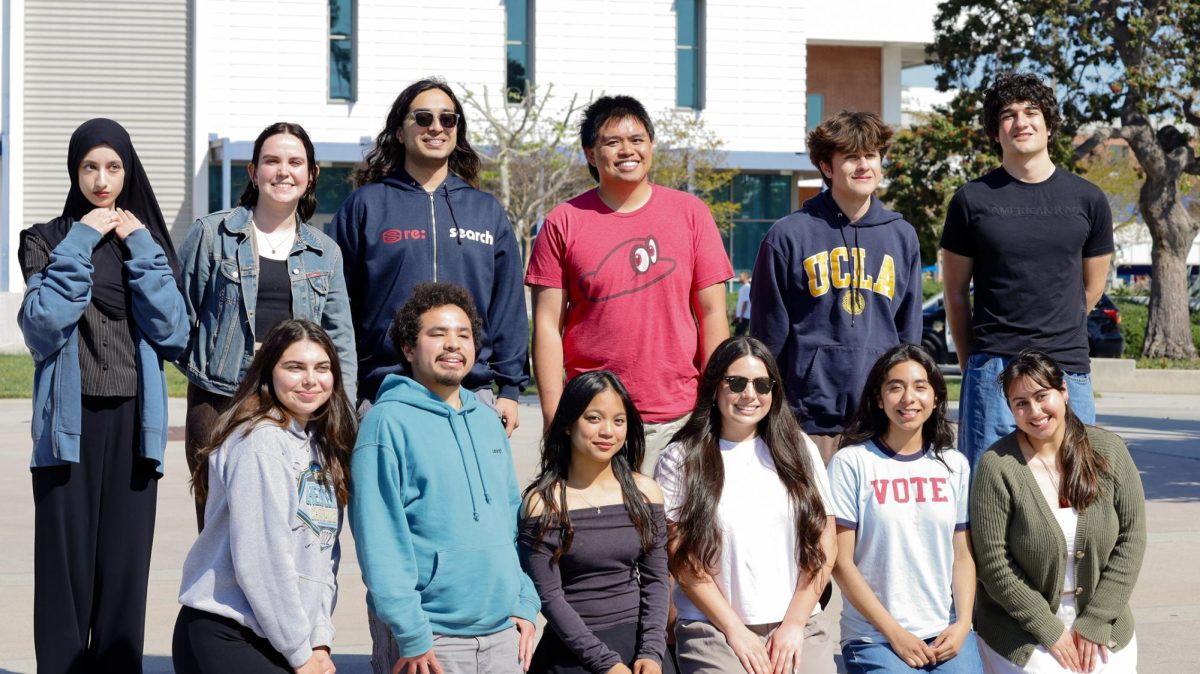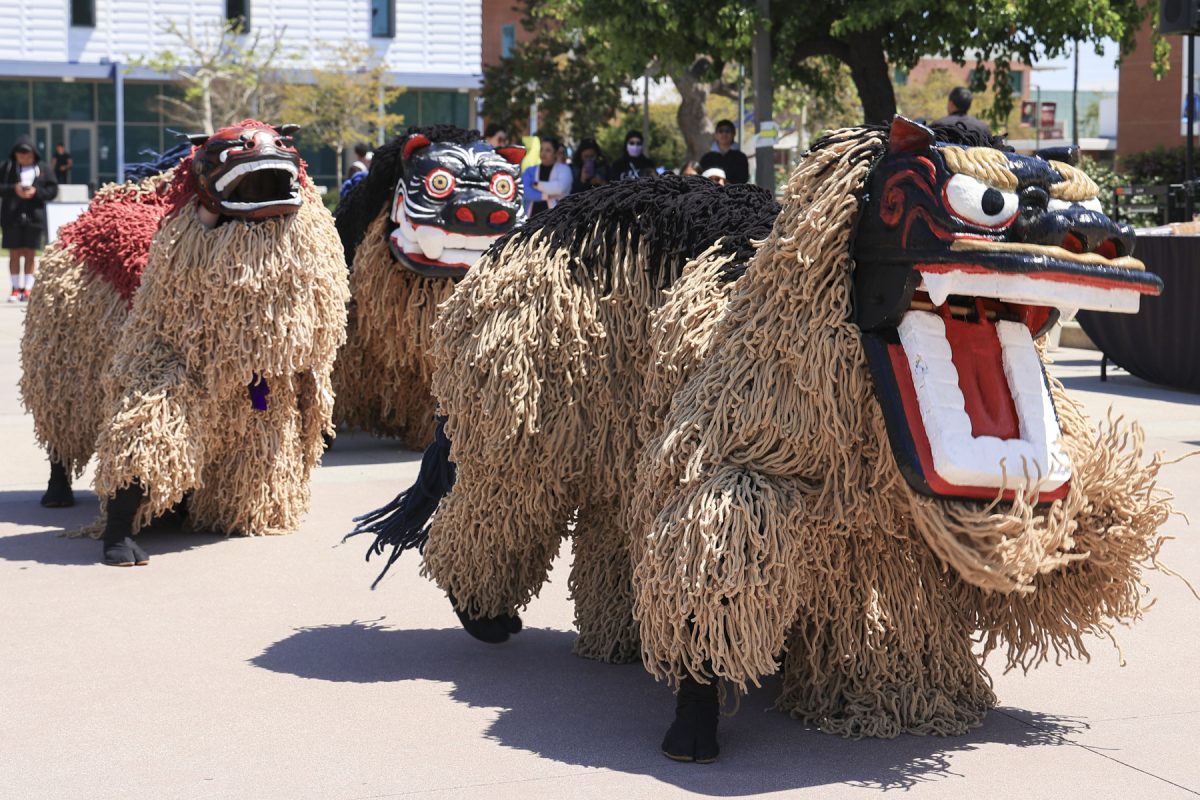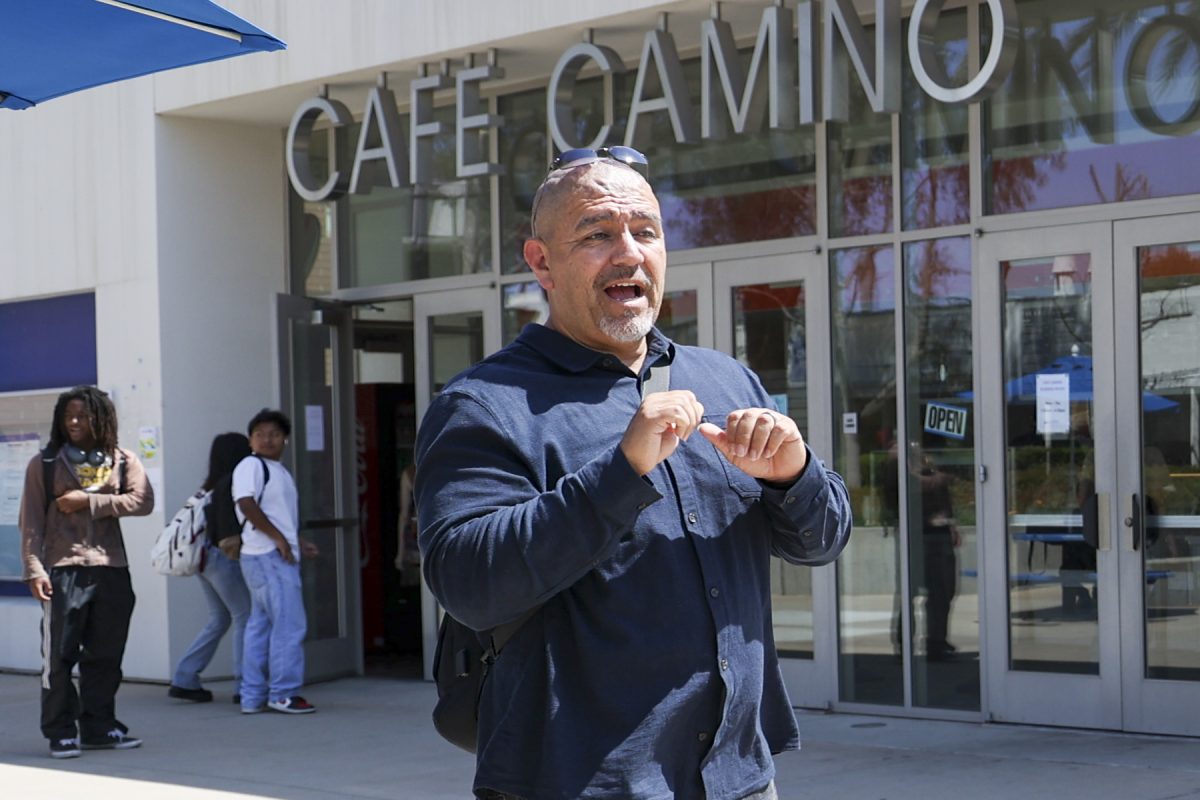Students gathered around as Stephen Lloyd, astronomy professor, spoke of various spectacles to be seen in the sky at the EC Observatory night on Sept. 25.
“We opened up our Observatory which is on the roof of the Math Building,” Lloyd said.
The astronomy department has an open house once a month and it is open to the public, Lloyd said.
“It is our way of thanking the public for supporting our astronomy program with their tax dollars,” Lloyd said.
Those who attended the Observatory night were able to see Jupiter and four of its moons.
“There were three moons on the right and one on the left (side of Jupiter),” Kathy Tang, psychology major, said.
Observers also viewed the Wild-Duck Cluster, which according to NASA, contains thousands of stars and is more than 5,000 light-years away.
The International Space Station was also visible for approximately 30 seconds and it simply looked like a light in the sky that moved very quickly and then disappeared.
“The space shuttle, travels really fast so it faded into the earth’s shadow quickly. I learned that it could go around the world in 90 minutes,” Tang said. “From their point of view, they see the Earth like a blue marble.”
Students that attended the Observatory night got to see and learn more about outer space.
“I learned about two stars that rotate around each other called Mizar and Alcor, which are considered double stars because from our naked eye, it looks like one star, but after you observe them through the telescope, they’re actually two stars,” Tang said. “Even though they look really close together, Mizar and Alcor are really far from each other.”
According to NASA Mizar and Alcor are three light-years apart from each other.
Tang said that if people have time to stop by at the observatory, its definitely worth it because she thinks studying Astronomy in general makes you realize that our planet is really small when taken with the whole universe.
“(Space) puts things into perspective,” Tang said. “Your problems and your individual life seem really small because (space) makes you realize that there is just so much more out there,” Tang said.
The next Observatory night is scheduled for Friday, Oct. 16 from 7 to 8:30 p.m. on top of the Math Building, if the skies are clear.
“I didn’t even know that there was an observatory on top of the Math Building, that’s really cool, I’m definitely going to go check it out next month,” Kenbo Drennon, 19, undecided major said.
Categories:
Observatory
By Mihiri Weerasinghe
•
October 8, 2009
More to Discover


